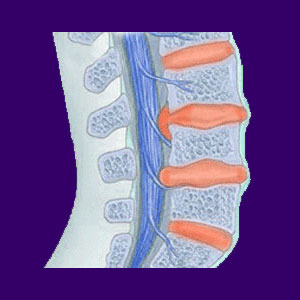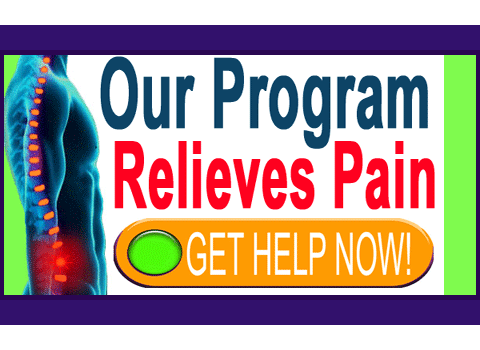
The real spinal stenosis facts are not always known to diagnosed patients, sometimes leading to a fool’s errand when seeking treatment. While there are certainly cases of extremely problematic spinal stenosis, most diagnosed cases are not symptomatic, or only mildly symptomatic, and fall within the range of normal and expected age-related degenerative changes.
The focus of this article will provide some lesser known truths concerning spinal canal narrowing in an effort to better educate patients about the reality of their diagnosed conditions. If you are confused between the facts of spinal stenosis and the myths, this dialog will help you to gain clarity.
Lesser Known Spinal Stenosis Facts
Spinal stenosis describes a condition in which the spinal canal is narrowed due to some structural condition, such as a herniated disc or the build-up of bone spurs caused by arthritis in the spine. Almost all of us will experience a narrowing of the spinal canal as we age. It is completely normal. Most of us will not suffer any problems, pain and neurological symptoms from this stenosis. However, when canal narrowing is discovered in patients who are experiencing back pain, this almost universal condition is typically blamed as the root cause of the symptoms. In some extreme cases, this diagnosis is obviously correct and appropriate, but in many patients, stenosis is simply another of the common back pain scapegoat diagnoses.
Evaluating the stenotic condition with an objective spinal neurologist is one of the best ways to ensure that the diagnosis is correct. They will be able to provide specialized testing to determine the neurological effects of the stenosis and will also be helpful when seeking recommendations on the best treatment options.
Spinal Stenosis Truths and Misconceptions
Spinal stenosis is a physical structural condition, which can be visualized on diagnostic imaging studies. However, it is not inherently painful and in fact, most cases do not cause any significant symptoms. Many patients do not even know they have a stenosis condition affecting their spines. Stenosis will only cause pain if a neurological structure is compressed.
Problematic stenosis usually leaves no doubt as to the validity of the diagnosis. The remainder of diagnosed patients usually believe that their stenosis is causing pain, since that is what they have been told. However, the poor curative statistics of many treatments demonstrate that stenosis is often coincidental to any pain. Many of these poor souls have been mislead into believing there is something very wrong with the structure of their backs, when in fact, their spines are completely normal for their age and physical condition. Remember, mild to moderate stenotic changes in the neck and lower back are normal in adults past middle age.
Spinal Stenosis Facts Clarification
For patients who are actually suffering from abnormal and advanced spinal stenosis, I send you my best wishes for recovery. I am not trying to belittle your pain, since I understand that troublesome stenosis is a real nightmare to deal with. However, to the rest of you who demonstrate the normal degrees of minor stenosis and have been told that this spinal canal narrowing is the cause of your pain, I urge you to reconsider your diagnosis. This is especially true for those of you who have variable and changing pain which has not responded well to indicated treatment options. There is a very good chance that you are blaming the wrong source of symptoms all along.
Many oxygen deprivation pain conditions exist hand in hand with structural spinal abnormalities. The ischemia is the source of the pain, while the abnormality takes the blame. It is the oldest and most prevalent reason for the ever-growing back pain epidemic.
In other patients, there may be a disease process, infectious process, scar tissue condition, nerve damage condition or other spinal structural concern truly causing the suffering.





